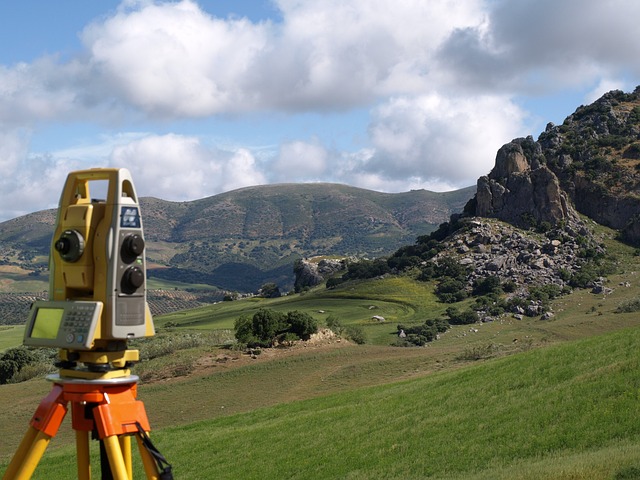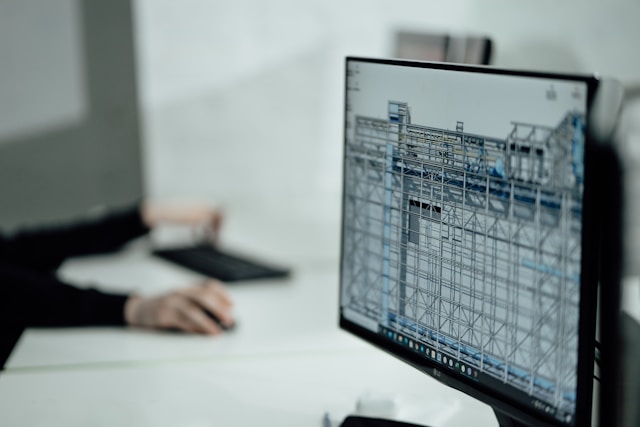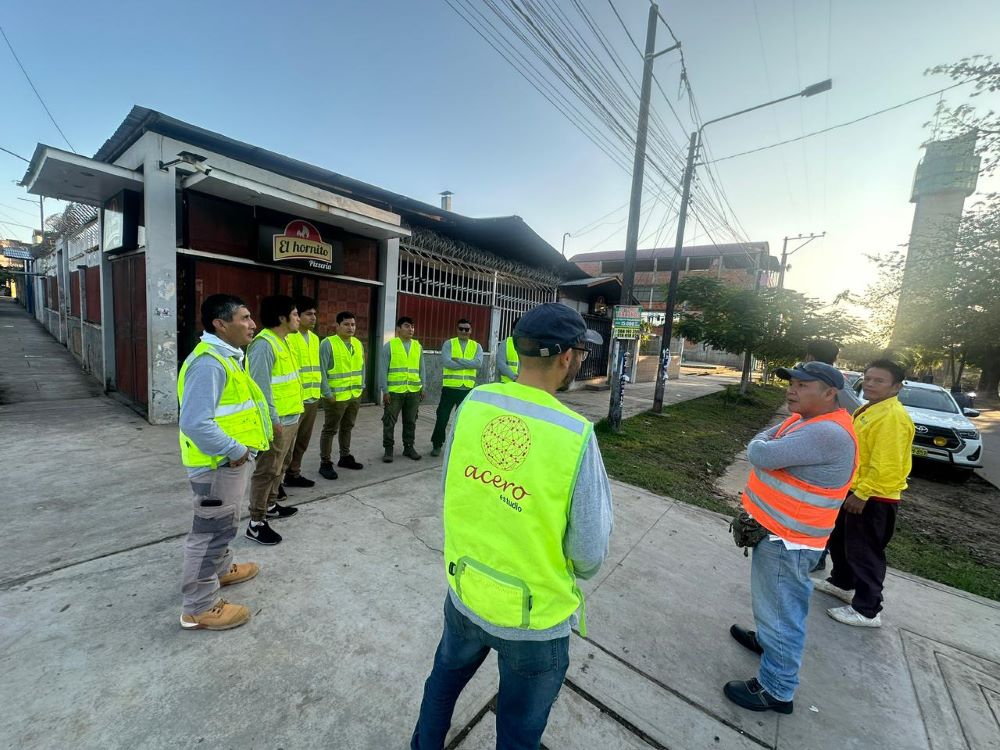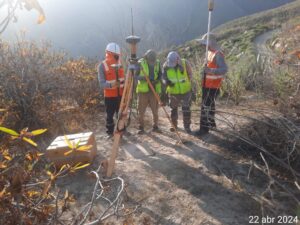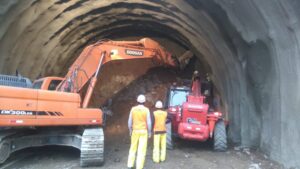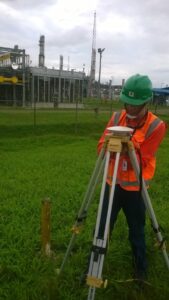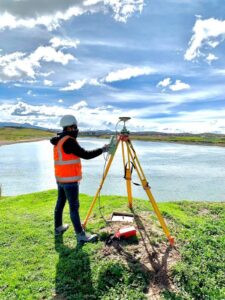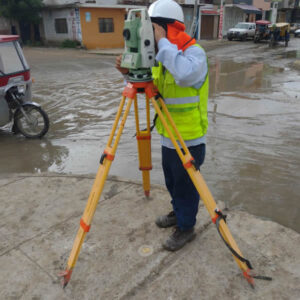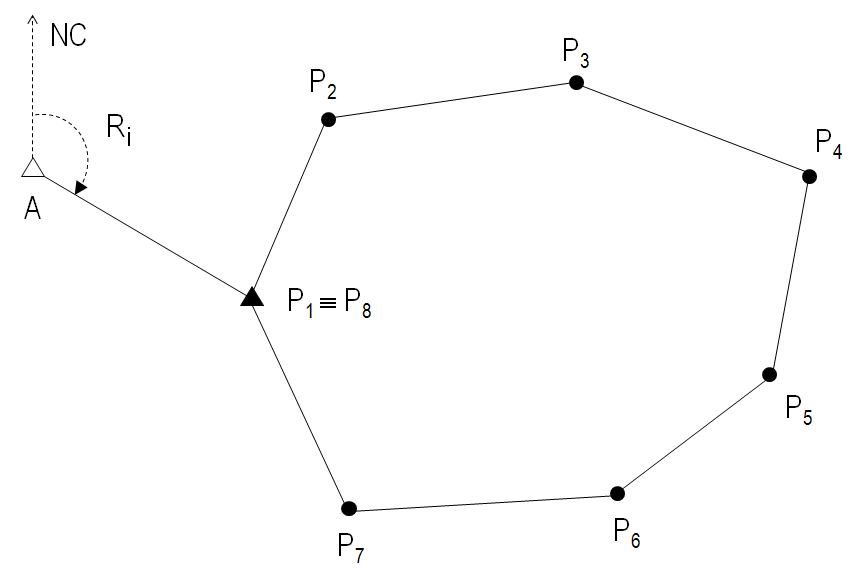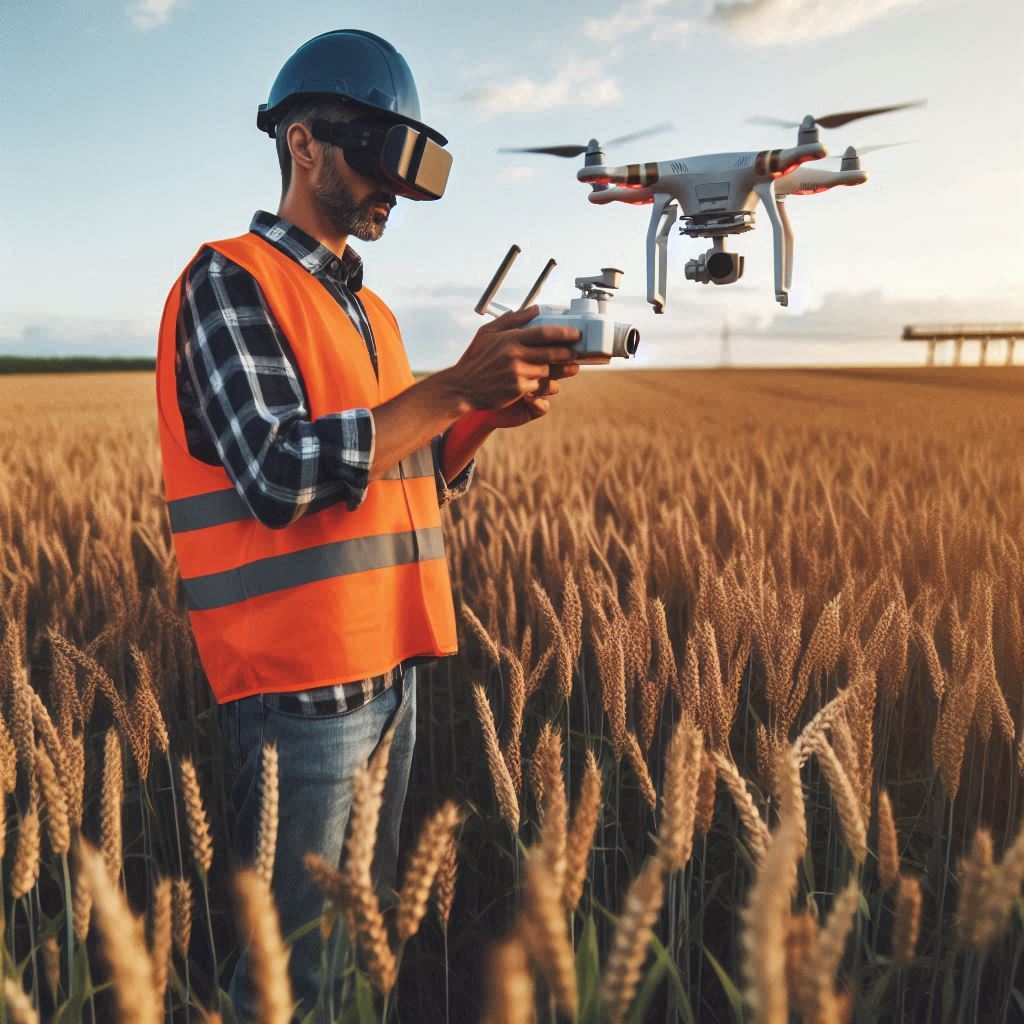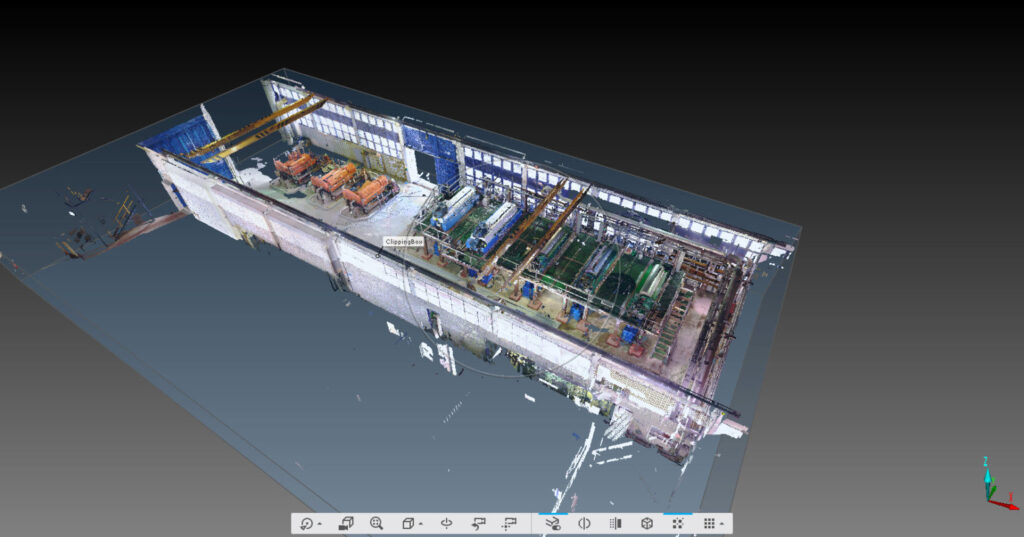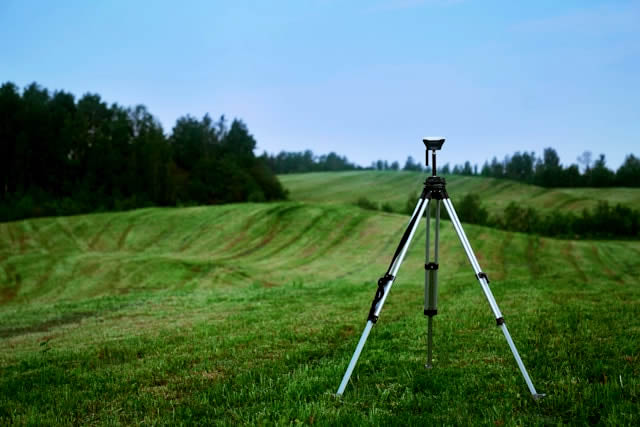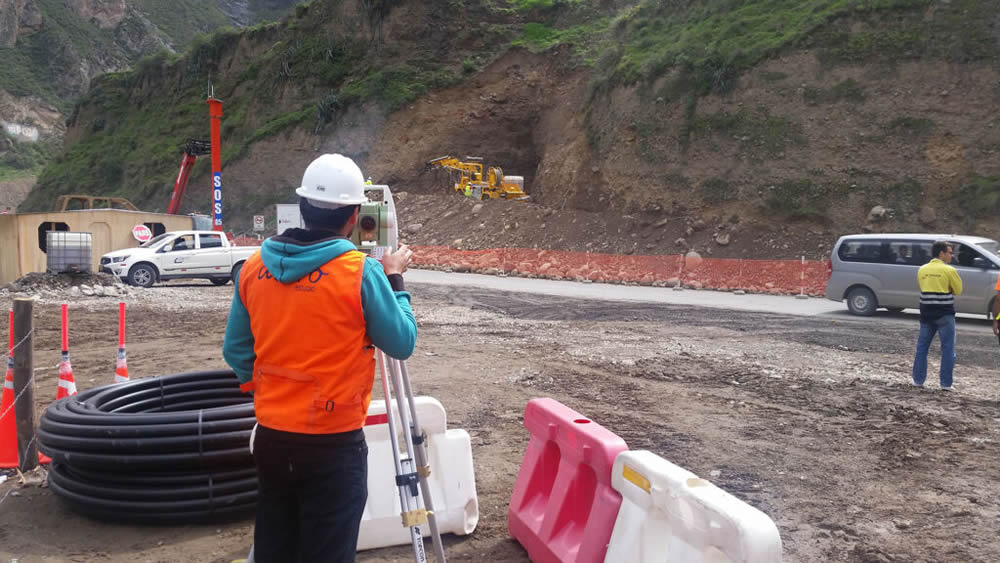In topography, as in any other human activity, failures and errors can arise due to human factors, environmental conditions, system failures, or previously gathered information that was not corroborated.
At Acero Estudio, a company specialized in topographic services, we are fully aware that errors will always occur, but we have tools to detect and correct them promptly, especially since many large-scale works and projects depend on our topographic surveys.
In this regard, we have identified the following types of errors:
- Human Errors: These can occur due to poor environmental conditions that affect perception or factors that can temporarily affect the person (such as illness, headaches, or others).To avoid this type of error, we have a data verification protocol where, through a random sample of points, we can determine the accuracy of the study. If the pattern remains within the expected parameters with a minimal level of error, the information is validated; otherwise, the data collection may need to be redone.
- System Errors: Sometimes, a system failure, misconfiguration, or loss of proper calibration can lead to incorrect data collection. This is very dangerous but also detectable through protocols where different measurement methods are used, which should result in similar outcomes, allowing us to quickly identify any discrepancies.
- Unpredictable Errors: These types of errors are difficult to detect and infrequent. However, with data verification protocols, it is possible to find them quickly.
Remember, if you need to hire a company specialized in topographic studies, topographic surveys, or drone topography, you only need to contact us. We are here to help you consolidate the best information for your construction or architectural project.


